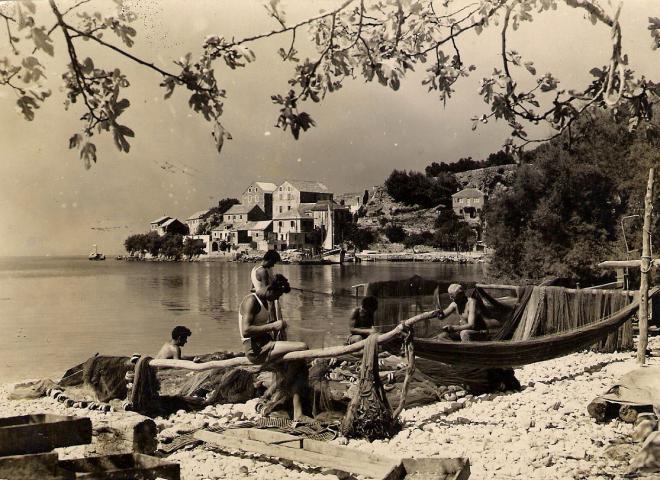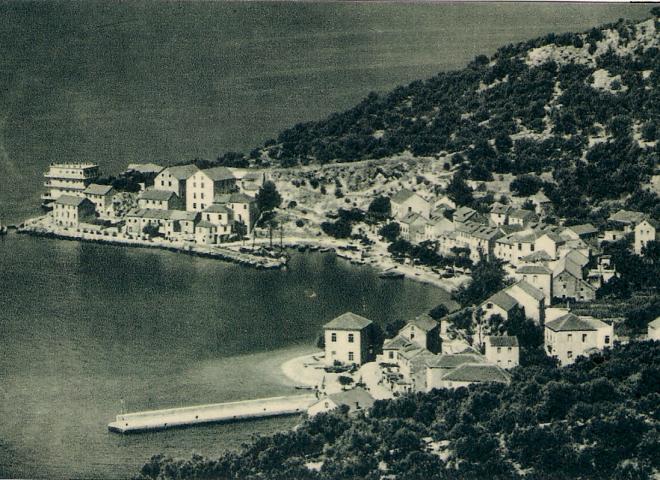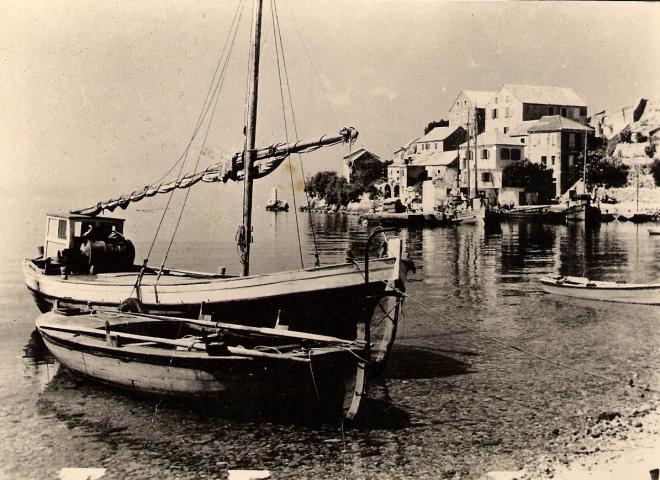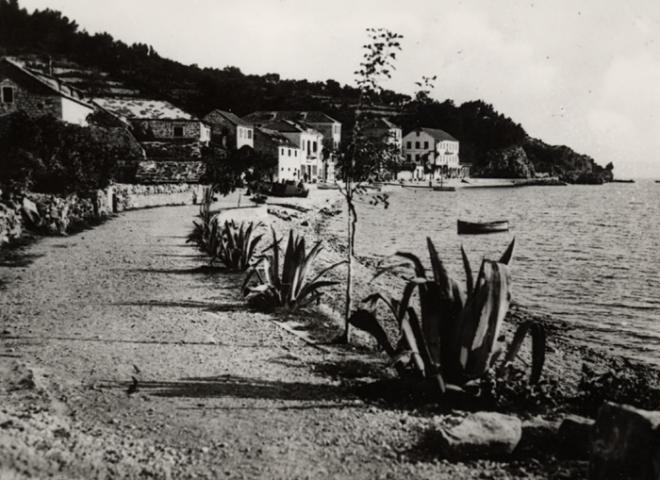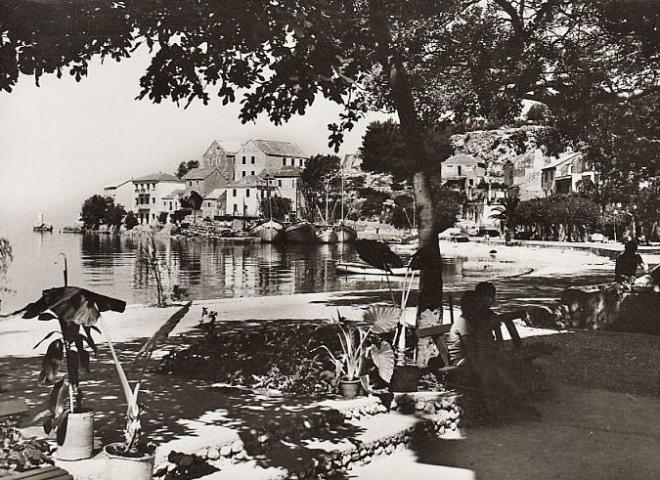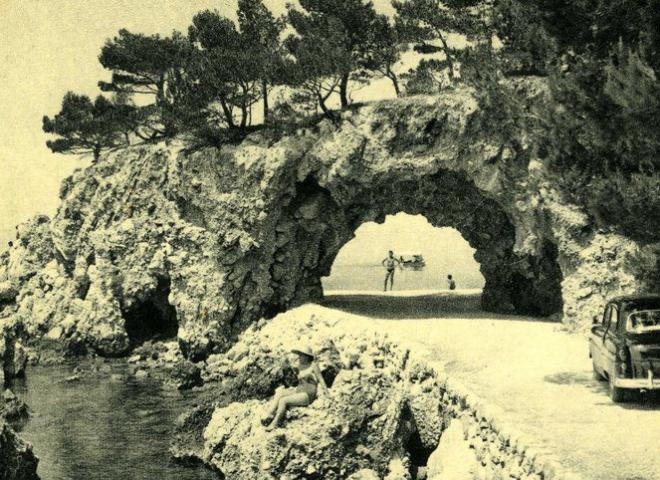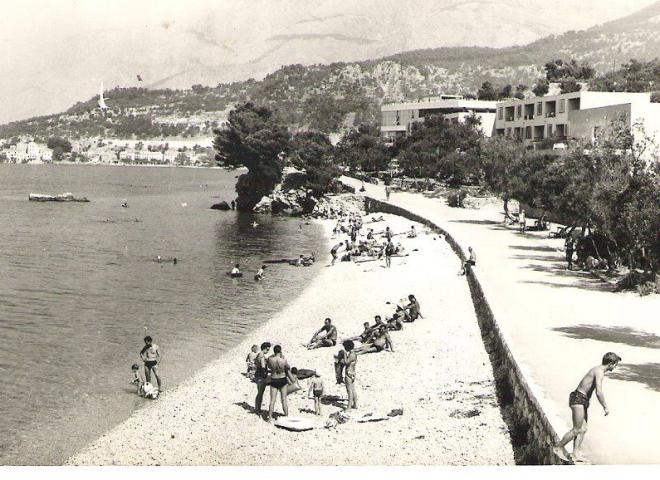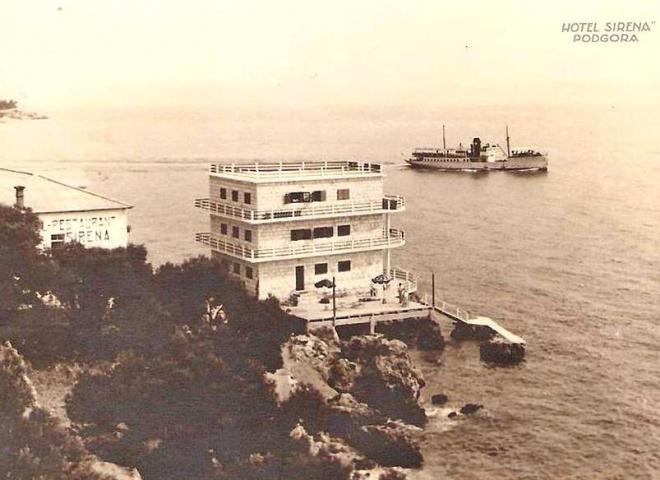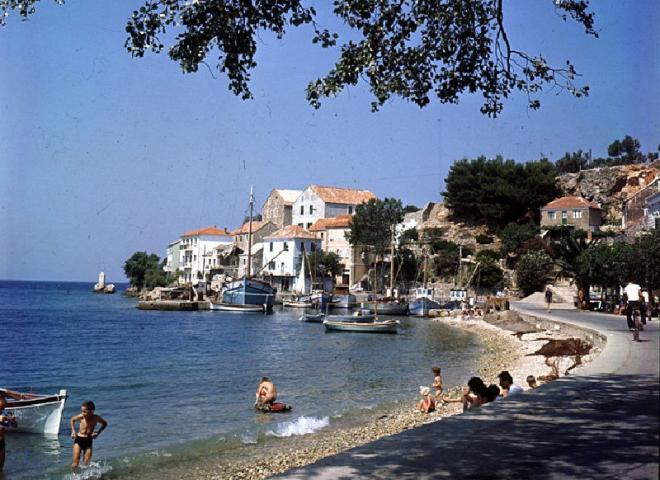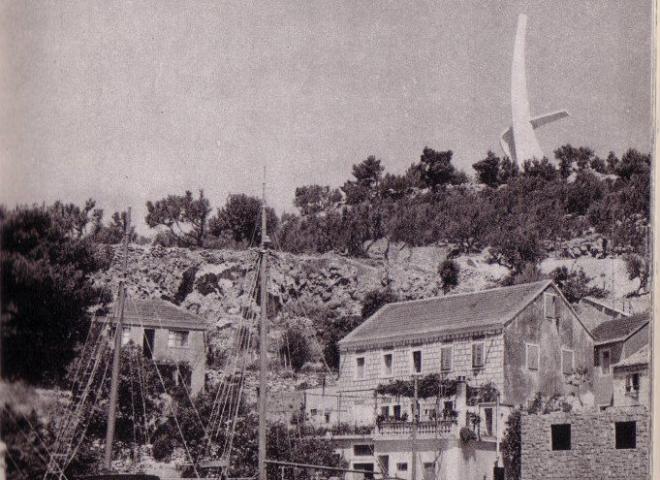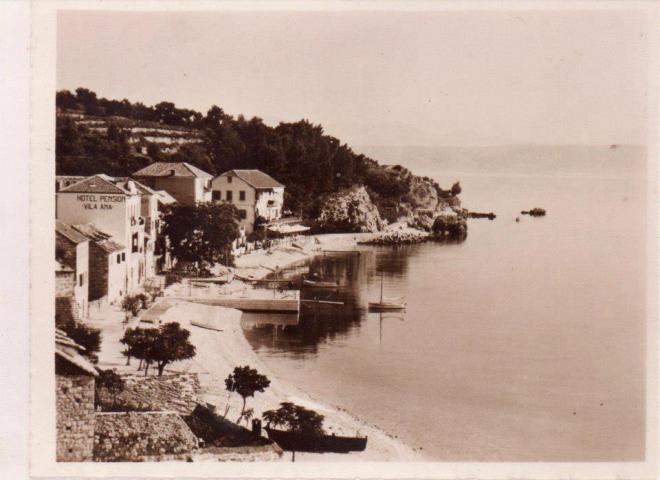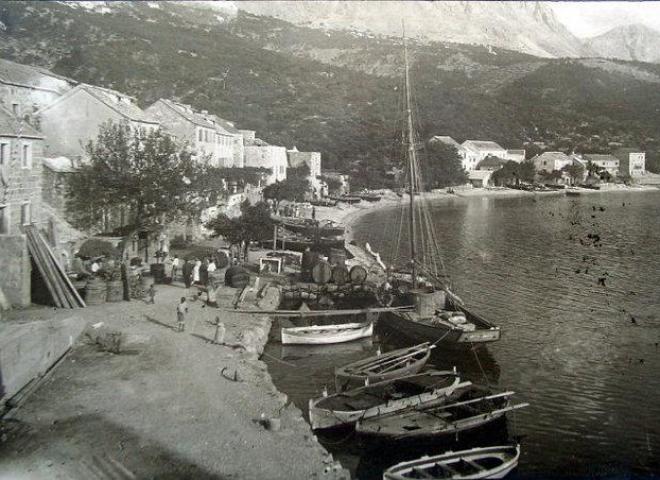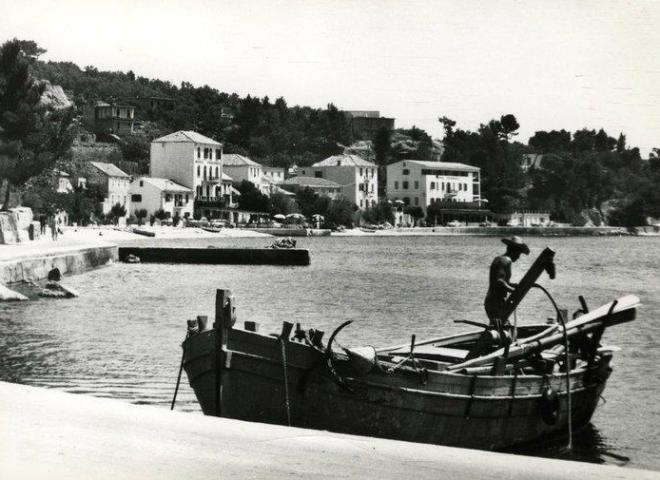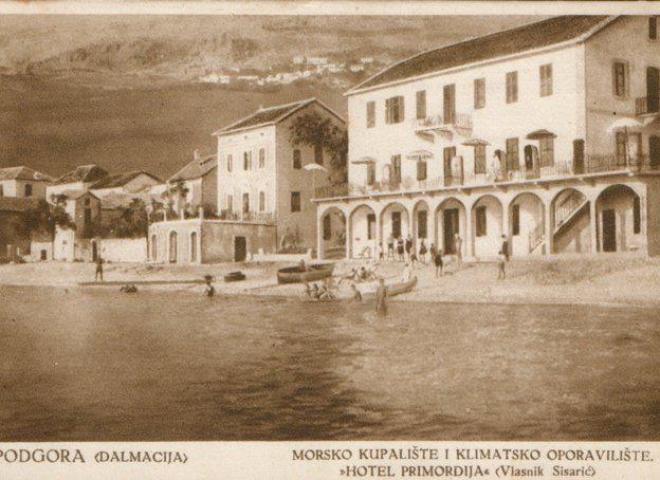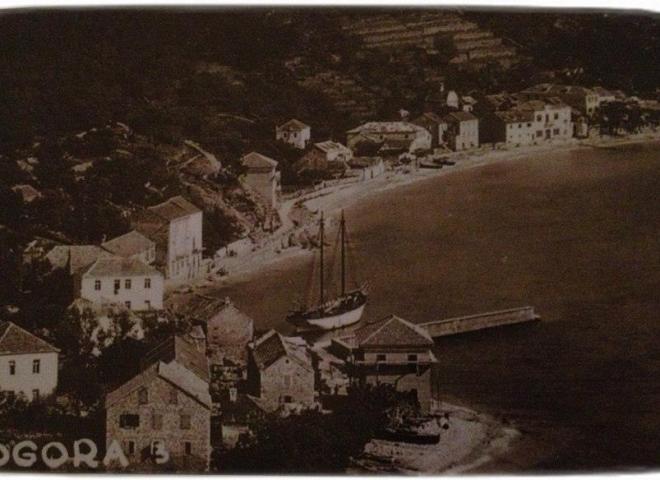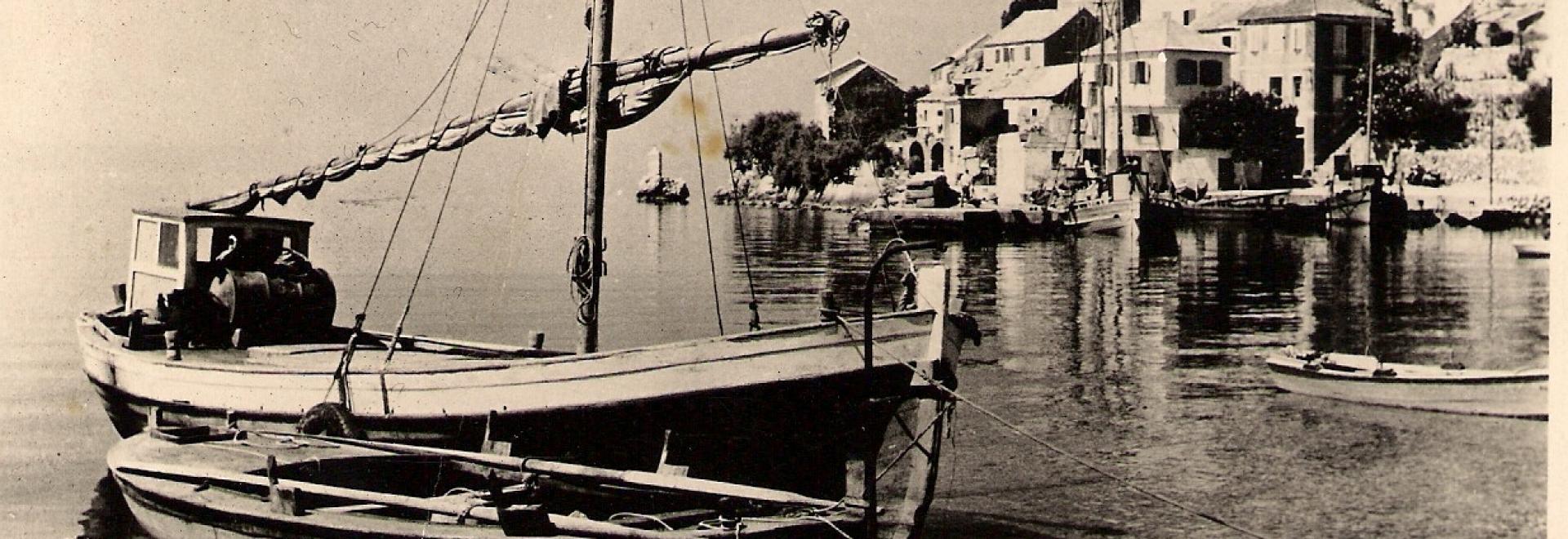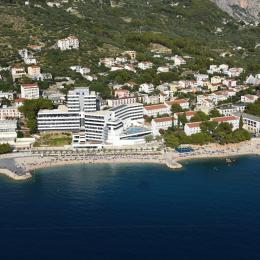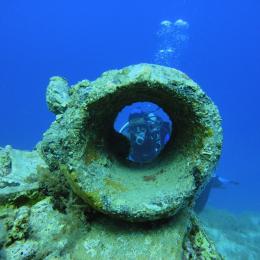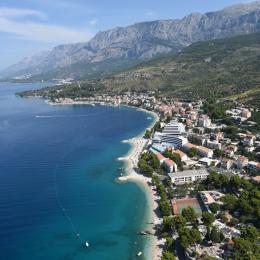Podgora was first mentioned as one of the towns under the protection of Venice after the Turkish defeat in a battle near Lepanto in 1571. At the cemetery near the church of St. Tekla, you can still see tombstones from that period. Despite first being mentioned only during medieval times, archeological artefacts testify to the existence of numerous settlements in this area for thousands of years, from prehistoric and ancient times, through the Middle Ages to modern times - probably due to its convenient position, mild climate, and stunning natural beauty.
The name Podgora itself is obviously the result of location near the slopes of Biokovo. In order to repel Turkish invasions, this town was one of the primary strategic defensive points, which is why numerous towers were erected, and at that time the town had the "title" of Castello.
The town is divided into two parts - Upper (Old) Podgora was built by the locals who, by retreating from the frequent hajduk attacks, fled to the slopes of Biokovo, seeking shelter. Lower Podgora (Kraj) was built largely after the fatal earthquake in 1962, which destroyed a large part of the town and countless natural beauties. The construction of Lower Podgora initiated the rapid development of tourism in this area.
